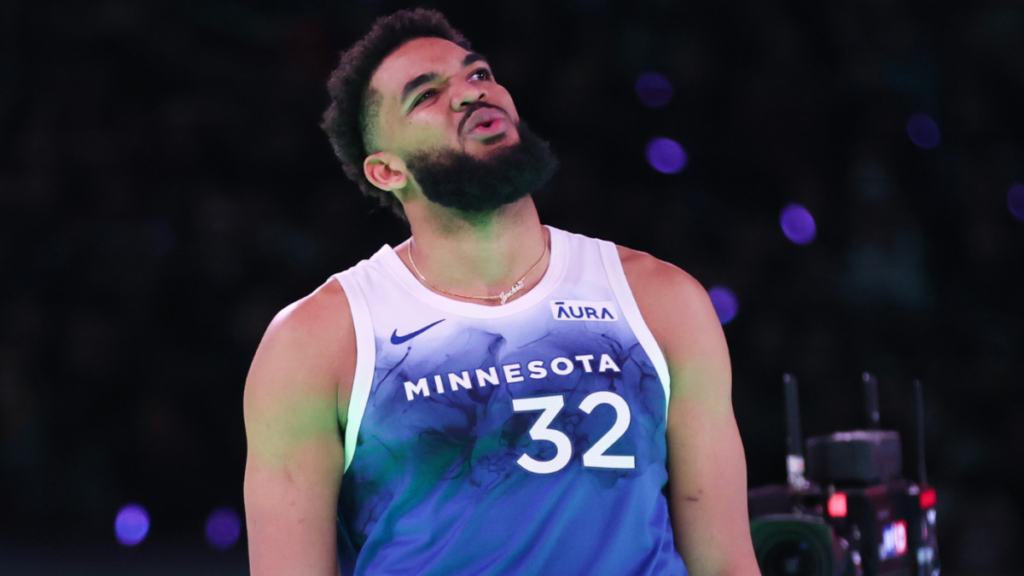The Karl-Anthony Towns blockbuster deal between the Knicks and Timberwolves was finalized late on Tuesday, according to Shams Charania. The Hornets received three second-round picks for their financial services in the trade. Sign-and-trade agreements involving Charlie Brown Jr. and Duane Washington Jr. have also been completed. Now, after five days since the initial report, the deal is officially done, marking one of the biggest trades in NBA history this autumn.
Towns will now be a Knick, while Julius Randle and Donte DiVincenzo will join the Timberwolves. However, due to the unique timing of the deal, the full impact may not be felt for months or even years. Both teams still have work to do, and players involved in the trade are facing increased uncertainty. The aftermath of this trade is yet to unfold, and its ripple effects are yet to be seen.
As the blockbuster trade is now complete, it’s time to analyze what comes next for the Knicks, Wolves, the players, and the rest of the league who witnessed this major move.
1. The Knicks have a new center. What happens to their old one?
With Towns now on the team, questions arise about Mitchell Robinson’s role. Robinson has primarily been a starter but has had injury issues in the past. Towns is a different type of player than Robinson, and the Knicks must figure out how they will utilize both players effectively.
If Charlotte was interested, he would likely already be involved in the deal. Grayson Allen and Kevin Huerter may not be the best basketball fits due to their salaries, especially until the middle of the season when Precious Achiuwa could be included to offset the issue. This may make the Knicks hesitant to take on these players if they want to avoid hitting the second apron for the 2025-26 season. The uncertainty of the Jazz’s plans adds to the complexity of the situation. The decision between Jordan Clarkson’s shot creation and the lineup flexibility that Robinson offers is a tough one.
Preseason trades are rare because many players in the league are restricted due to extensions or free-agent deals. The Knicks may wait until January or February to move Robinson, giving both sides time to evaluate his fit in the new system. The Knicks seem doubtful about Robinson’s long-term potential, especially with the acquisition of Towns.
In Minnesota, the team faces a challenge of fitting three players into two spots. The future of the frontcourt is uncertain, with Gobert and Reid having player options and Towns being traded. Randle’s situation is unclear, but the team will try to make it work to improve shot creation. However, the fit with Randle in the lineup may be clunky, affecting the team’s offensive dynamics.
The potential for Randle to come off the bench could be a solution to the fit issues, but convincing a player of his caliber to accept that role may be challenging. Randle is entering a contract year and wants to be seen as an All-Star by potential employers, not just a reserve. The Timberwolves could address this by offering Randle a contract extension now, easing his money fears but making it clear that they will determine his role. However, Randle will likely seek a high salary, which may not be feasible for Minnesota given their financial constraints. If Minnesota can make it work, they may have a chance to keep Randle long-term. Otherwise, they may explore trading him or letting him walk in free agency. Regardless of the outcome, Randle’s presence on the team will be crucial for evaluating their future direction. The Knicks have found ways to work around the constraints of the new CBA with clever maneuvers in trades, setting a precedent for other teams to follow. The Knicks have navigated a delicate situation with finesse, as they were able to execute strategic moves that set them up for success, even amidst uncertainty. Other teams may consider following suit, but the feasibility will depend on various factors such as roster space and financial constraints. The sign-and-trade tactic may gain popularity, especially with the availability of mid-level exceptions for trading. As teams look to optimize their rosters, we may see an uptick in trades during the offseason, where rosters are more flexible.
The Knicks’ ability to acquire key players like Towns was facilitated by players like Jalen Brunson who were willing to make financial sacrifices. This unique advantage allowed the Knicks to make moves that other teams may struggle to replicate. While convincing players to prioritize winning over financial gain may become more common, it is not a guaranteed strategy for success. The Knicks’ success was not solely due to their aggressive moves, but also their meticulous planning and the presence of a superstar willing to take a different approach.
While teams can emulate the Knicks’ strategic approach, it is essential to recognize that what works for one team may not necessarily work for others. Each team must assess their individual circumstances and make decisions accordingly. The Knicks’ success serves as a testament to the effectiveness of innovative strategies, and other teams may benefit from adopting a similar mindset. Ultimately, the key lies in finding a balance between creativity and practicality to achieve sustainable success in the competitive landscape of professional sports. given sentence: “The cat sat on the mat.”
Rewritten sentence: “Perched on the mat was a cat.”

